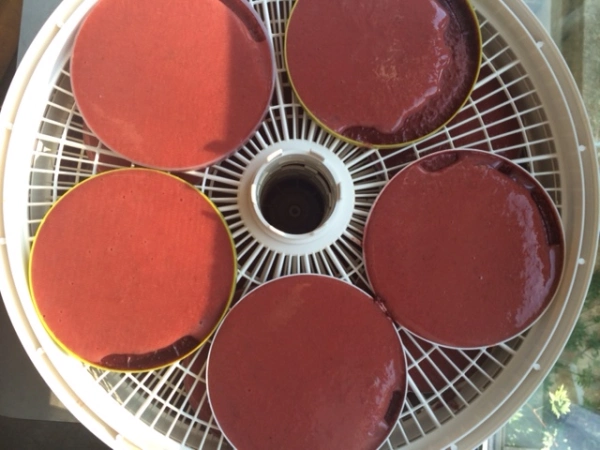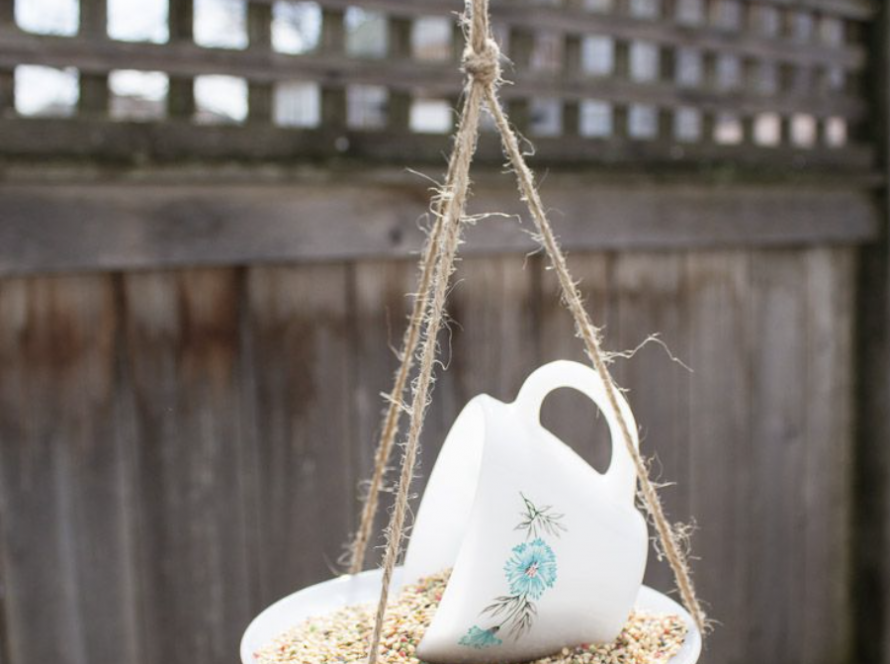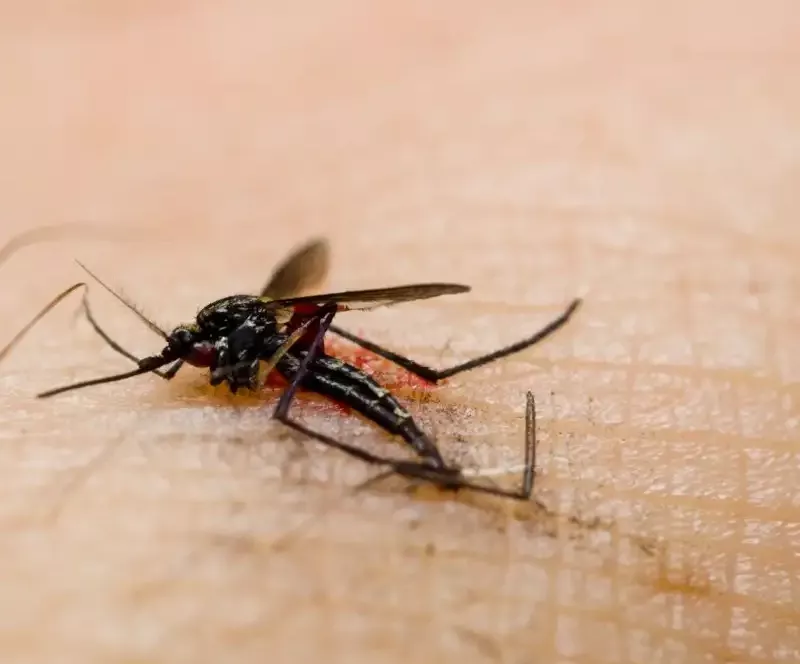I was encouraged a few years back to explore foraging … and I love it. Less interested in that which grows deep in forests and very interested in that which grows in meadows and suburban lawns and at the scrubby edge of well-manicured community paths, lawns and corporate office parks, I find myself thrilled with foraging. It’s the ultimate in sustainability (it requires no input or labor, except in the harvesting); it’s a no-brainer for locavore eating and, for certain, it makes eating (some food) seasonally quite easy.
A year of so back when Pinterest was all the rage (is it still?) I decided to learn about Pinterest and I chose to create a Howard County, Maryland – Wild Edibles board, at which time I discovered that this insanely invasive bush, the autumn olive, produced edible, tasty, nutritious berries.
Come “autumn” I decided to find and harvest some berries.
I read one post where a forager spoke of filling gallons of buckets in less than an hour by pulling on the branches and letting the berries drop into a bucket. I tried that. I certainly didn’t get gallons, though I got a lot of leaves, unripe fruit and organic bits that required a fair amount of cleaning. I also had a hard time balancing the bucket.
pickin’
The next day I went out with a sling-style bag and picked each berry by hand, producing a yield of near-perfect berries with almost zero debris and, certainly creating a much happier experience for me. As the berries are in season now, I’ve been reading more about them and, Lordamercy, are these things ever invasive. They seed and spread so easily, they grow to be rather large bushes, they are super-prolific in their berry making and, as a result, they are nudging out many other plants, thus decreasing the biodiversity and habitat for other creatures, blood-filled and otherwise.
Here is where I discovered a growing movement of invasi-vores, people dedicated to eating invasive planting. (One site includes an autumn olive and goat cheese dressing, interesting!) This “movement” motivated me to denude (to the level I can comfortably reach) one of the richest-in-berries bushes I’ve found to date. It’s quite a challenge and one that will take me several days and will yield many thousands of berries.
fruit leather
So now that I’ve picked — and have many more yet to pick — berries, what do I do with them? To date, I have —
- Eaten them by the handfuls
- Made fruit leather from them
- Muddled them (with sugar, lime juice, ginger, etc.)
- TBD … I keep picking a lot … who knows
For fruit leather (my first attempt) I found it a disaster. I got so many steps wrong. I made it in my dehydrator, but didn’t spray the fruit leather tray with Pam (or equivalent) and found the labor of trying to remove the thin layer of fruit leather a PITA. It was also messy as the autumn berry liquid (boiled in water, seeds and pulp removed via a mill) was super liquid-y and it didn’t sit or stay well, though it did a darn good job of rolling over. And I could list a half dozen other mistakes I made. What to do?
I had a load of berries and no interest in making autumn berry wine, jelly, jam or ketchup. And I liked the taste of the fruit leather. (Dehydrating always changes the flavor of a thing, and in the autumn berry case, it definitely does so for the better, imo.)
An inspiration! I found a dozen or so large yogurt container lids, put them in the dehydrator and filled them with the liquid. And while I ate some of the fruit leather the next day, I also wanted to make a more substantial snack, so I poured in a second layer of the liquid on day two and doubled up the thickness of the leather. Delish. Super easy to remove and quite awesome.

Fwiw, I added a small amount of sugar and a bit of citric acid. And now I’m experimenting with other flavors and a fruit leather of the seeds and pulp left over; I like the taste of the seeds, personally. Stay tuned.




